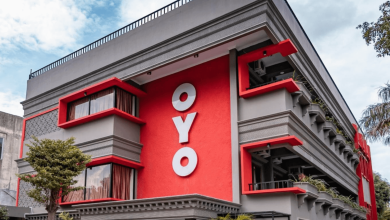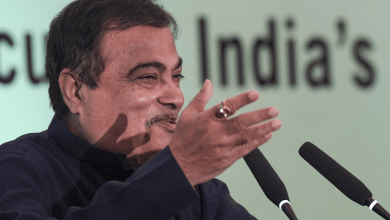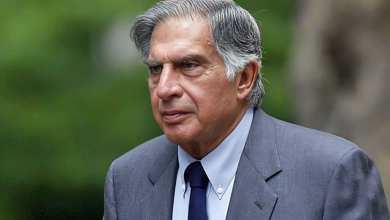Informative
-

Mobile Phone Ban in Jungle Safari: A Step Towards Wildlife Preservation
Mobile phone ban jungle safari: The Forest Department’s recent decision to enforce a complete ban on mobile phone usage during…
Read More » -

Foldable Helmet: A Revolutionary Development by Dr. Sanjay Dhoble and Aditi Deshmukh
Foldable Helmet Innovation Safety: Helmets have long been a crucial safety measure for two-wheeler riders. However, the inconvenience of carrying…
Read More » -

Maha Kumbh Mela 2025: Book an Affordable Helicopter Ride for Just Rs 1,296
The Maha Kumbh Mela 2025, one of the world’s largest spiritual gatherings, is set to take place in Prayagraj, Uttar…
Read More » -

Unmarried Couples No Longer Welcome: OYO Changes Check-In Rules
OYO’s Bold Move in Hospitality OYO check-in rules: Imagine planning a quick getaway with your partner, only to discover that…
Read More » -

Mumbai to Pune in Just 25 Minutes: India’s First Hyperloop Train Promises Speed Faster Than Airplanes
Imagine traveling between two bustling cities, Mumbai and Pune, in less time than it takes to watch your favorite sitcom…
Read More » -

Maharashtra: No MahaRERA Registration Required for Projects Under 500 Square Meters
MahaRERA Project Exemption Rules: In a move to simplify the real estate registration landscape, the Maharashtra Real Estate Regulatory Authority…
Read More » -

Rs 100 Stamp Paper Goes Into History: A New Era of Inflation in Maharashtra
In a significant move that impacts the financial landscape of Maharashtra, the iconic Rs 100 stamp paper has been phased…
Read More » -

Establish Cow Farms in Every District of Vidarbha: Gadkari
Nitin Gadkari: Vidarbha, a region in Maharashtra known for its agrarian economy, is facing a unique opportunity for growth. Union…
Read More » -

The Shocking Murder of Baba Siddique: Mumbai Police Suspends Security Guard
Mumbai Police: The tragic murder of Baba Siddique, a Nationalist Congress Party (NCP) leader and former Maharashtra minister, has sent…
Read More » -

Honouring Ratan Tata: Maha Govt to Rename Skill University After Ratan Tata
Ratan Tata Skill University | Maharashtra government: In a significant move reflecting the profound impact Ratan Tata has had on…
Read More »

